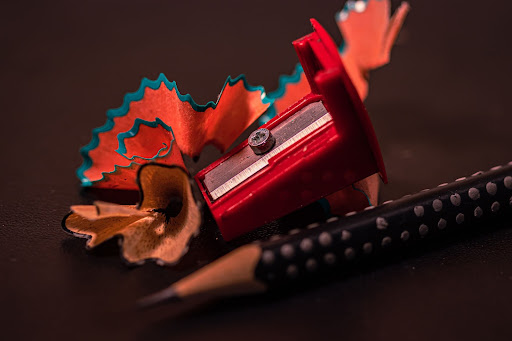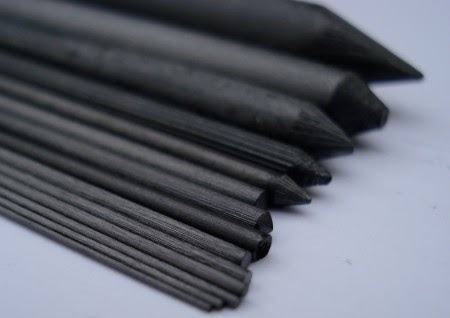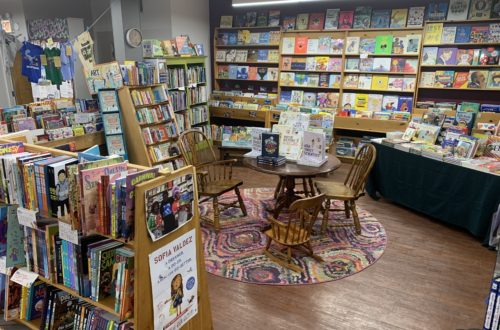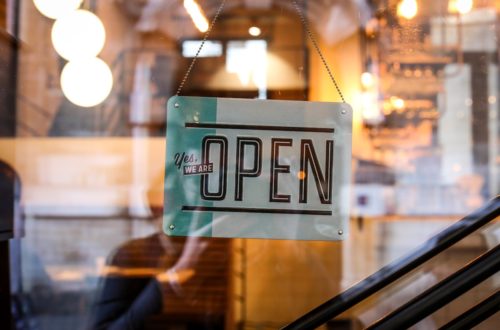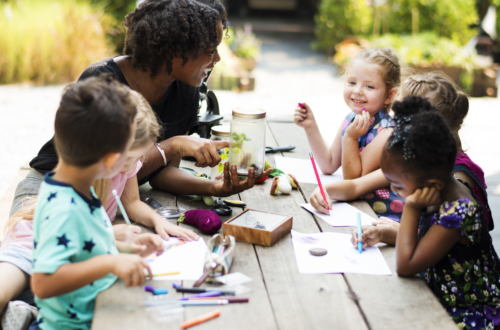For December, the focus on our Customer Engagement Calendar is Dry Media. Dry media includes but is not limited to graphite, charcoal, pastels, colored pencils, chalk, and art crayons. Each of these mediums gives the artist a broad range of marking capabilities and effects. Let’s take a deeper look at each of them.
The Basics:
For retailers, a great resource would be to have an image showing the standard range of pencil degrees and a swatch of how each degree translates on paper available for customers to see. Most major pencil vendors have one of these – it is a standard chart for the industry. It would be ideal to share one that shows at least 24 degrees total.
It is also important for staff members to be knowledgeable regarding the ins and outs of dry media so they are able to assist customers with questions. This would include things like:
- Understanding the different types of lead hardness (ie. softer lead is easier to blend)
- Knowing what each type of eraser is for
- Knowing about different forms of charcoal
- Understanding what type of paper is appropriate for each medium
- Understanding artist-grade versus beginner-grade
Graphite is a metallic grey material most frequently used in pencil form, although graphite powder is common as well. It is a crystalline form of carbon that has a greasy texture. Graphite is soft and brittle, so unless being used in powder form, it requires some form of protective casing.
The HB scale is used to determine the hardness and darkness of the graphite in pencils. (See photo below.) The “H” stands for hardness – the higher the number next to the “H” is, the harder the lead is. The “B” stands for blackness. The higher the number next to the ‘B’, the darker the mark will be. “F” stands for firm and means the pencil can be sharpened to a fine point.

- Charcoal is a medium used for drawing, shading, and blending that allows for bold, dark marks and subtle hues. It comes in many forms: compressed charcoal, charcoal pencils, liquid charcoal, charcoal powder, natural vine charcoal (made from burning grapevine), willow charcoal (made from burning willow twigs), and more. Charcoal can also be used to make preliminary sketches prior to painting.

- Pastels are made of pure powdered pigment and binder in a stick. Common types of pastels include hard pastels, soft pastels, oil pastels, and pastel pencils. The amount of binder in the stick determines the hardness or softness of a pastel. Soft pastels contain less binder, more pigment, and usually have a round shape. Hard pastels are normally rectangular and contain more binder and less pigment. Each type creates different effects: soft pastels are better for smudging and blending, while hard pastels are ideal for drawing precise details.
Pastel pencils are pastels that come encased in wood. They allow you to have more control over details and create less of a mess. Oil pastels have an oily consistency that creates a painterly effect. They behave in a way similar to traditional soft pastels.
Rough or toothy surfaces are best used when working with pastels. It’s important that the surface has some type of abrasion because smooth surfaces are too slick to accept them.

- Colored Pencils have a core of colored pigment and a protective wood casing. While standard pencils typically have a core made of clay and graphite, the core of most colored pencils is made of pigments, wax, additives, and binding agents.
It is important to highlight the different kinds of colored pencils depending on their intended use. Artist-grade pencils contain greater concentrations of high-quality pigments than student-grade pencils do. Users should also be mindful of characteristics such as lightfastness, durability, and resistance to water.

- Chalk is both cohesive and powdery. Marks can be created with little pressure and minimal crumbling. It can be used for simple patterns or for broad, overlapping, painterly marks.
A variety of techniques can be practiced to create art with chalk. For example, dense and hard chalk can be used to create detailed images. It can also be smudged and blended for different effects. Chalk holders are often used by artists to keep their hands clean and protect drawings from smearing.
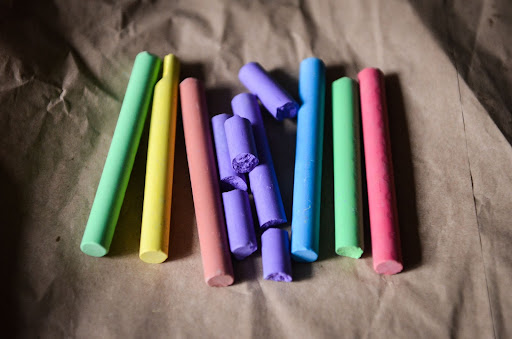
- Art crayons are typically made of wax and can be used for drawing, sketching, and blending. They are ideal for mixed media art, crafts, and more.
Graphite crayons are also common and are great for sketching, layout, and design. Conté crayons are some of the most well-known. Invented in the late 18th century, they are made of compressed graphite or charcoal mixed with clay and colored with pigment. They produce drawings with intense tones. Conté crayons are just one choice among many artist-grade products that can be used for drawing.

Materials Used With Dry Media
Erasers
Using the correct eraser is crucial for achieving optimal results. There are several types of erasers available to work with when using dry media.
- A kneaded eraser is an essential tool for erasing, as well as blurring edges and highlighting. It is made of a flexible gummy material that can be easily molded to any form. Kneaded erasers work well with graphite, charcoal, pastel, and chalk.

- Rubber erasers have a powdery feel to them and are in the middle of the scale when it comes to firmness. They are best suited for erasing graphite on paper.
- Gum erasers are designed to crumble very easily while collecting the graphite so they do less damage to the paper. They have a soft, gummy texture and can have a slightly translucent appearance.
- Plastic/vinyl erasers are the firmest types of erasers. They give the most complete removal of graphite. These erasers are firm enough to remove tough pencil or charcoal lines, however, be careful to not damage the paper while using them.
Blending Stump
A blending stump is a stick of tightly rolled up paper with two pointed ends. They are used for blending or smudging charcoal, graphite, and other mediums. The side works well for blending large areas and the tip allows you to blend small areas where more detail and control is required.

Tortillion
A tortillion is a short stick made from tightly rolled paper. It can be used for blending charcoal, pastel, and graphite. They are smaller and are made with harder, scratchier paper than blending stumps.
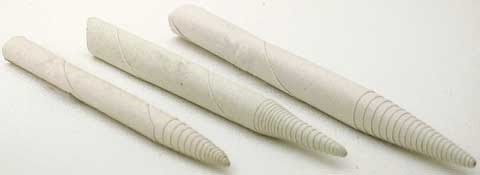
Fixative
Fixative sprays protect pastel, chalk, charcoal, and graphite drawings from smudging, fading, flaking, and discoloration. Workable fixative holds your medium to the paper but allows you to still make adjustments. Regular fixative is used after completion of your project and holds your medium firmly in place.

Paper
Differences among the material, texture, weight, finish, and color of the paper you are using can make a huge difference in how your drawing turns out. For example, the texture will determine how well the paper holds the medium you are using. A rough texture is better for charcoal and pastels. A medium texture is best for graphite and colored pencils.

Sharpeners
A sharpener can completely change the performance of your materials. It is important to consider the type & diameter of your medium and the brittleness of the lead when selecting a sharpener.
